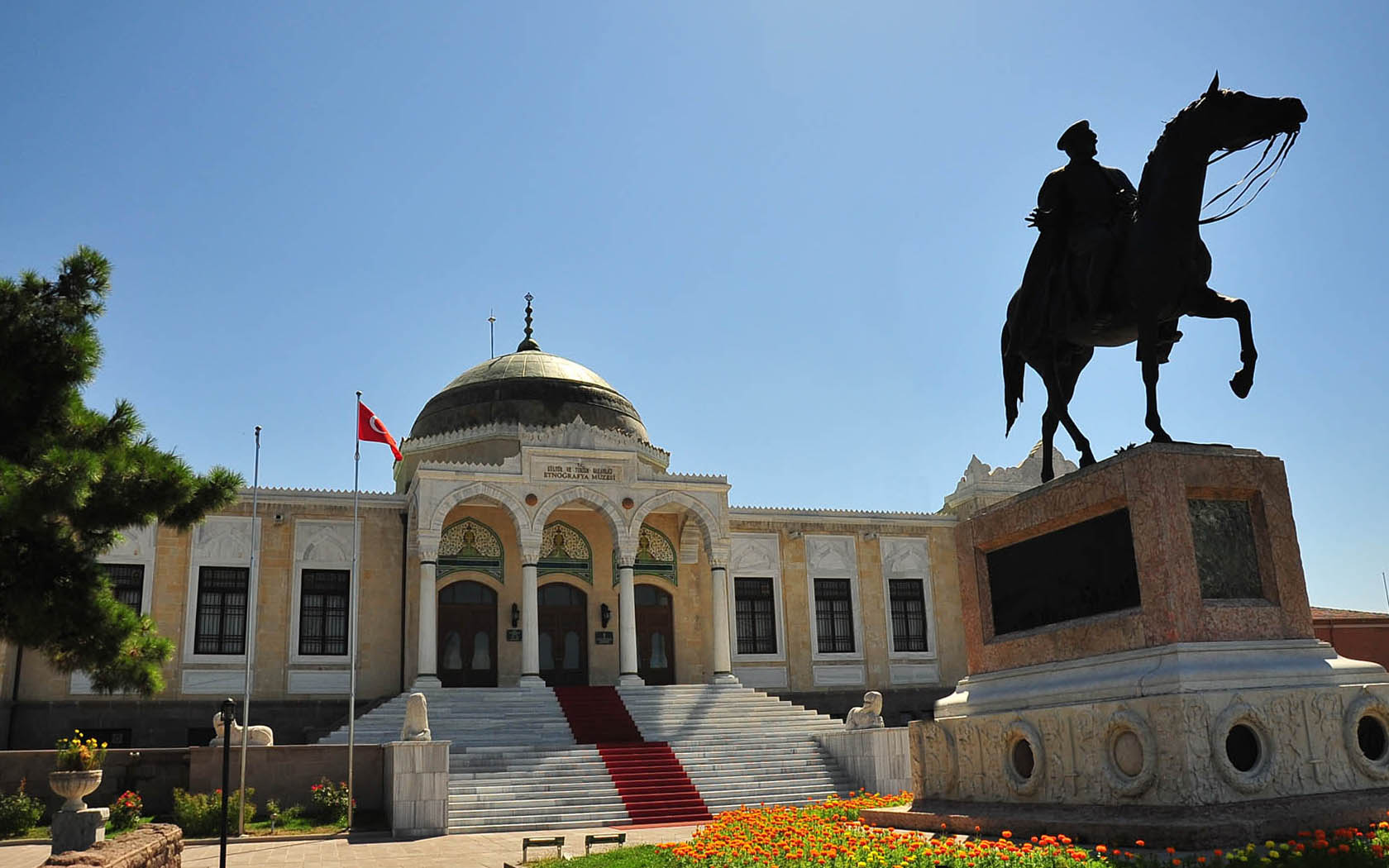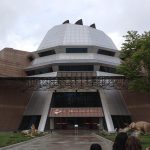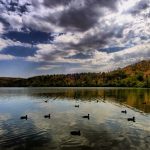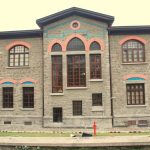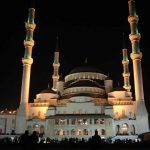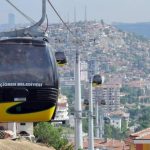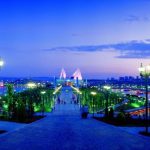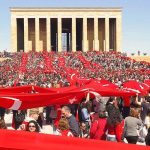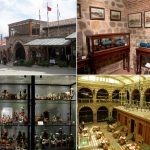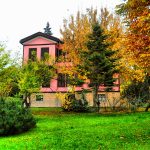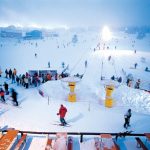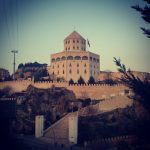The Ankara Ethnographic Museum is one of the important sightseeing spots of the capital. When you go to Ankara we advise you to visit here. The museum, which is also exhibited during the War of Independence period, contains many important works from the past day. The Ethnography Museum, located in Altındağ district of Ankara, was established in the place where Namazgah Tepesi where Friday prayers were held during the War of Independence. It was initially intended to be used as the Museum of Archeology, after which it was decided to be used as the Museum of Painting and Sculpture, finally taking its present form after the official opening.
Architecture
The Ethnography Museum building was built by Arif Hikmet Koyunoglu, one of the most important architects of the Republican era. The rectangular building is a single dome. The stone walls are covered with cubit stone and the pediment part is decorated with carved marbles.
When you step out of the door with a 28-step staircase to the museum, you come to a columned partition called the inner courtyard. In the middle of it there is a marble pool and the roof is left open. In the following period, this inner courtyard was reserved for Mustafa Kemal Atatürk as a temporary grave, and the pool was covered with a roof by being transported to the garden.
The statue of Atatürk standing on horseback in front of the museum draws attention immediately. This statue was made by Italian artist Pietro Canonica in 1927.
The Ethnography Museum presents the inspiration of Turkish art from the Seljuk period to the day-to-day. Exhibits reflecting the Turkish culture such as folk dresses, shoes ornaments, clogs, socks, scrolls, boots, bedspreads, bedspreads, shaving sets, wedding dresses collected from various regions of Anatolia are exhibited.
Carpets and rugs belonging to various regions of Anatolia, which are woven with techniques and tools specific to the Turks, are also exhibited in the museum. Various metal works such as Mamluk boilers dating from the 15th century, Ottoman sherbet boilers, sahanlar, stones, sini, coffee tray, wax scissors are also exhibited.
Again from the Ottoman period; Arrow, bow, rifle, gun, pistol, pistol, Sultan II. Nahmud Tigrin Ottoman State armor is also among the works exhibited in the museum.
Kütahya porcelain, Turkish china porcelain, mysticism and religious orders, various examples of Turkish writing art are exhibited in the museum.
Some of the most important works of the museum are; The Seljuk Sultan III. Keyhüsrev’s bed, Ahi Şerafettin Sandukası, Siirt Ulu Mosque Mimberi, Merzifon Çelebi Sultan Medrese Gate are works.
Ankara Ethnography Museum Visiting Times
Visiting Days: Dervish open
Visiting Times: 08.30 – 17.00 (from 25th October to 15th April)
08.30 – 17.30 (from April 15 to October 25)

